Thanks to surfaceinterval.co for this article
Many of us consider macro diving and photography to be the ultimate pleasure and hunt. Patiently swimming over the reef and examining every detail for the next critter is a pleasure and a challenge. The hard work pays off when you finally get the perfect macro shot. From a nudibranch with an obsidian black background that makes its colors pop to the astonishing eyes of a mantis shrimp, macro can make your day. If you are into colorful critters, then check out our top macro destinations in the world.
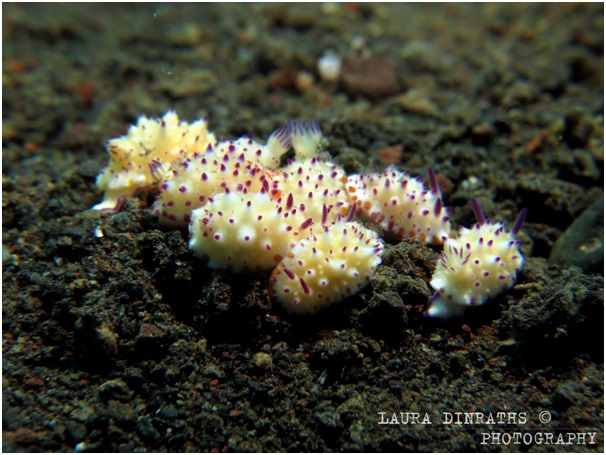
Lembeh Strait, Indonesia
Lembeh Strait consistently tops the list of top macro destinations in the world and deservedly so. It is home to some of the world’s most unusual and beautiful critters, that stand out against the dark black volcanic background. Diving is relatively easy with most sites accessible by shore or even dayboat. Some of the resorts have house reefs that are so full of life that you can spend a whole week or two diving the same site and see something different every dive.

Plunging into the waters off the Lembeh Strait you can encounter harlequin shrimp, hairy frogfish, flamboyant cuttlefish, mimic octopus, blue ring octopus, coconut octopus, ambon scorpion fish, seahorses and much, much more. It is arguably easier to make a list of what you won’t find in the waters of Lembeh Strait, that what is there. Popular dive sites in Lembeh include Nudi Retreat, Police Pier, and Hairball.
The main drawback with visiting Lembeh is that it is somewhat off the beaten track. Heading over to Lembeh will require you to connect through Singapore or Bali.
Anilao, Philippines
Coming close to Lembeh in terms of quality and quantity but not location is Anilao in the Philippines. This small village located on a small peninsula is a macro paradise that is home to some of the most sought-after critters in the world.
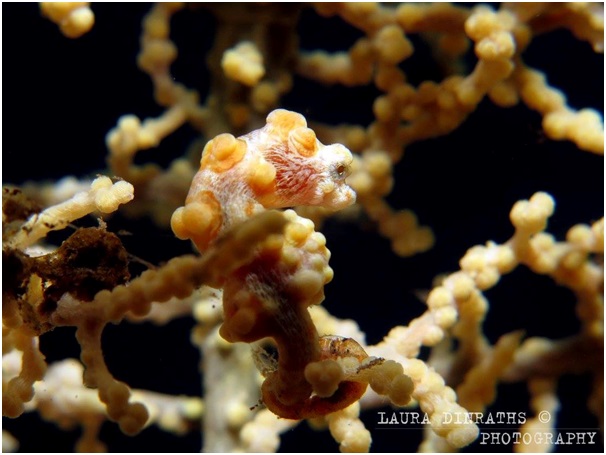
The healthy reefs and warm temperatures mean you can dive year-round. In between dives you can chill out and relax on the beach or your boat or even explore the pristine jungles that surround the area. Underwater the list of critters you can find is impressive. Anilao is home to the Lembeh Sea, dragon, and the mesmerizing and beautiful rhinopias. The reefs teem with a wide variety of frogfish, crabs, nudibranchs, seahorses, cuttlefish, and shrimps. What astonishes most divers in Anilao is not the large variety, but the sheer quantity and density of life.
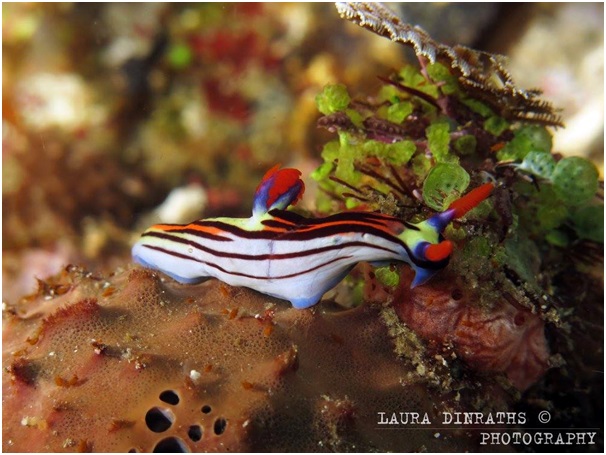
Compared to some of the other sites on our list,getting to Anilao is relatively straightforward. Located on the island of Luzon, the same as the country’s capital Manila, Anilao is a short two and a half hours drive from Manila airport. Some of the best dive sites for critters include The Cathedral, Koala, and Eagle Point.
Tulamben, Bali
Check out any Facebook page dedicated to nudibranchs, and you will see shot after shot taken in Tulamben, Bali. Famous for the wreck of the USS Liberty, Tulamben is also a macro paradise especially for nudibranchs, and the famous “Shaun the Sheep” Costasiellakuroshimae can be found there.
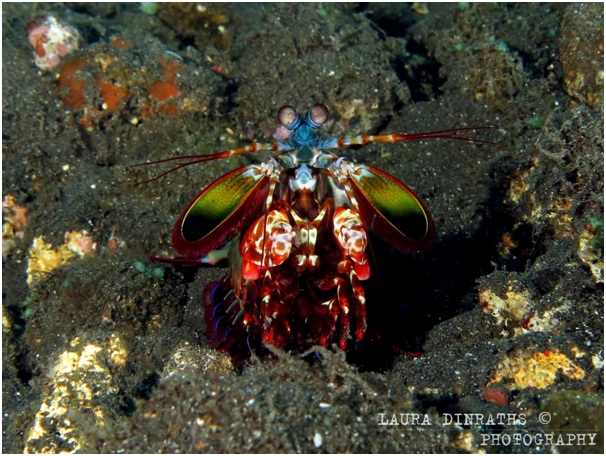
The shoreline at Tulamben is dotted with dive resorts, and the house reefs are rich with corals and critters. Encounters with various nudibranchs, mantis shrimp, mimic octopus, ghost pipefish, shrimp, frogfish, crabs, and pygmy seahorses, are almost guaranteed. Tulamben is home to Seraya Secrets which is one of the most well-known and popular macro dive sites in the world.
Bali is one of the most famous destinations in the world and getting there is relatively easy. You can fly directly with Qatar, Emirates, and Singapore amongst others. Landing in Denpasar Bali, Tulamben is only about 80 minutes’ drive away. Most resort operators will pick you up from the airport and drop you off.
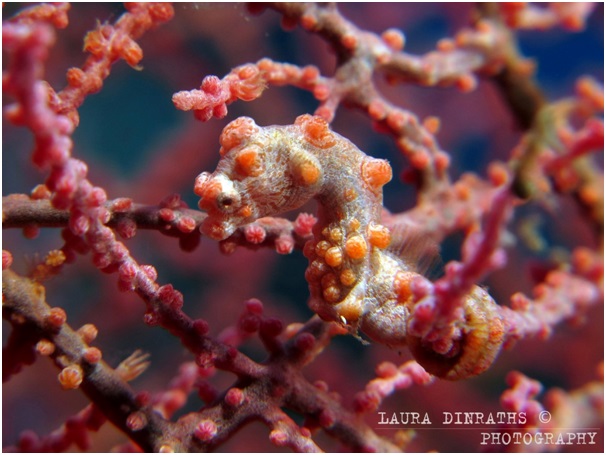
Ambon, Indonesia
Ambon island lies deep in the heart of the coral triangle, so it is no surprise that it is home to pristine reefs and some stunning marine life. The central diving location is Ambon bay, and it is home to small corals, jetties, and rubble which all combine to offer a vibrant home for a huge variety of marine life.
Once you make it to Ambon island, you will encounter octopus, rhinopias, seahorses, frogfish, and a dizzying array of nudibranchs, amongst the rubble, swim through and beautiful coral walls.
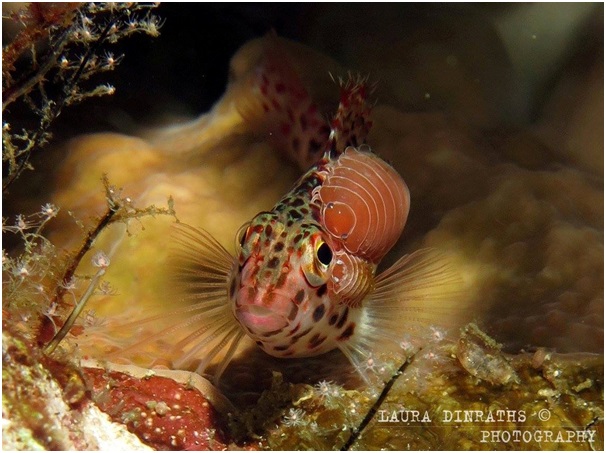
Getting to Ambon is difficult since it is pretty isolated. This remoteness makes it a challenge, but also a blessing and the area remains relatively pristine. Traveling by air you will need to connect in either Bali or Jakarta, once in Maluku at Pattimura Airport, it is a short 30 min journey by road to the main dive resorts.
By far the best macro site in Ambon is Laha; this gently sloping site is covered with corals and rubble and is home to a huge array of life. You can spend hours combing through the site finding little gems.
Manado, Indonesia
Manado is famous as the gateway to Bunaken National Park with all its big action. However, if you opt to spend a few days diving Manado itself, you will be blown away by the many macro critters to be found. With visibility in the 35m/ 115ft range and water temperatures ranging from 27-29C several long dives per day are normal.
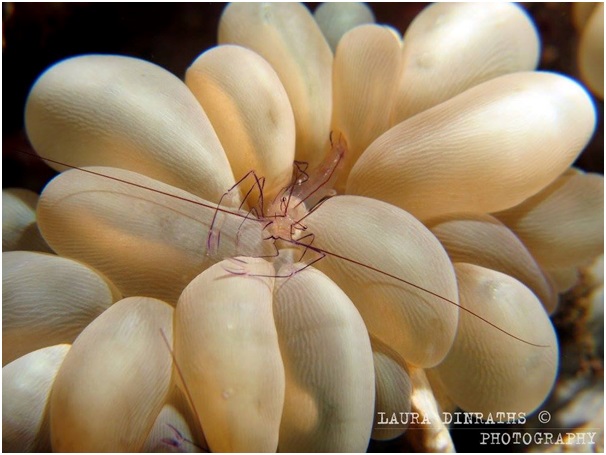
The dive sites around Manado promise plenty of critter action, and you will encounter ghost pipefish, blue-ringed octopus, and a large number of nudibranchs. For keen photographers, Manado promises a workout for your wide-angle lens as well. Diving Lekuan 1, 2 and 3 you will bum into everything from cleaner shrimps to sharks, and schooling barracudas.

Located in northern Sulawesi, you often land in Manado on route to Lembeh, or Bunaken. That is why Manado is relatively easy to get to. One of your best options for visiting Manado is to combine it with a trip to Lembeh, or Bunaken.
Mabul&Kapalai Island, Malaysia
Mabul and Kapalai suffer from the same problem as Manado. They are both far better known as the gateway to somewhere else. In Mabul and Kapalai’s case it is the legendary Sipadan. However, divers who hang around Mabul and Kapalai discover a rich and diverse marine life that is bursting with macro life.
Mabul is host to a wide variety of species. Mimic octopus, flamboyant cuttlefish, various types of gobies, and blue-ringed octopus all mingle with a host of other critters including painted, clown, and giant frogfish, and more nudibranchs than you can count.
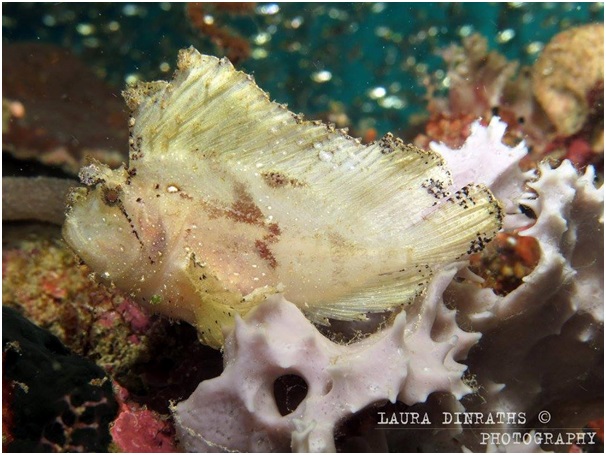
Kapalai is renowned for its macro life. Here you can find a host of rare and unusual critters including partner, sleeper, and fire gobies, gurnards, mandarin fish, sea moths, leaf fish, a large variety of frogfish. Bigger creatures can also be found in abundance, with a wide range of rays and eels to be found.
In Mabul you have a choice of great dive sites, some of the best for macro include: Crocodile Avenue, Seaventure, Froggy Lair, Lobster Wall, and Eel Garden. Even though Kapalai is relatively small, it is densely packed with stunning dive sites. Diving Mandarin Valley, Mantis Ground, Flambo Reef, Sweetlips Table, and Frontier Reef will satisfy the needs of even the most demanding macro enthusiast.
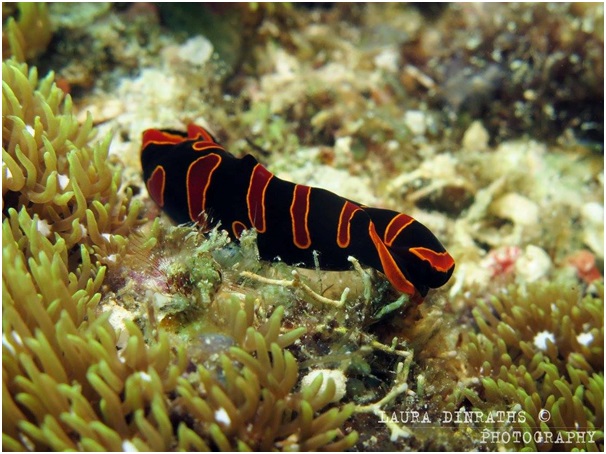
Due to their remote location, getting to Mabul and Kapalai is pretty difficult. You will need to head to Tawau airport via Kula Lumpur or Kota Kinabalu. Then you have to travel by road a journey of 80 minutes to Semporna, once in Semporna you will have to take a ferry to Mabul or Kapalai.
Honorable mentions
Our list is by no means exhaustive, and other locations around the world deserve a honorable mention. The reefs of Bonaire have been lovingly protected for 25 years. The remote Milne Bay, and Halmahera, and Northern Mozambique are home to some great macro action. For cold water fans, Sognefjord in Norway is home to a large number of critters, as well as wrecks and larger marine life.
PICTURES by Laura Dinraths

















